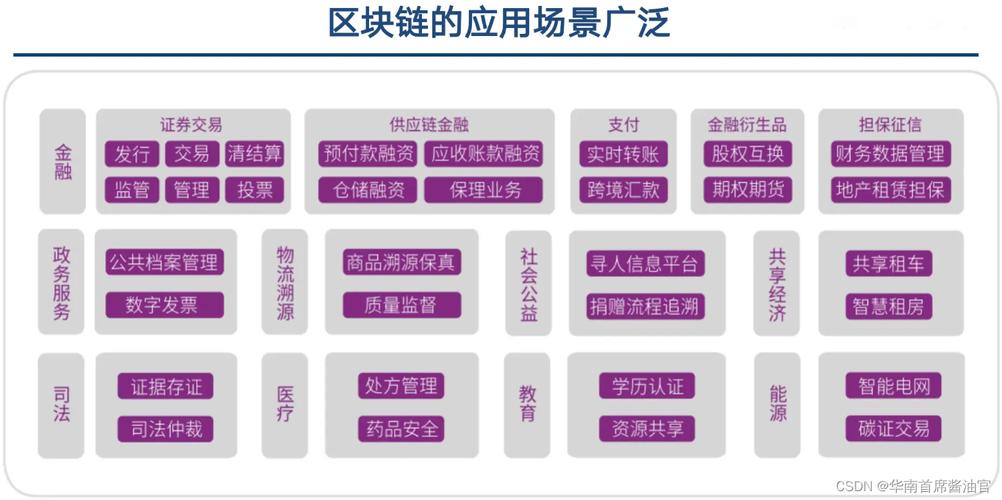**Title: Understanding Blockchain Block Capacity**
Blockchain technology relies on blocks to store and secure transaction data. Each block has a maximum capacity, dictating how much data it can hold. Let's delve into the factors influencing block capacity and how it varies across different blockchain networks.
### Factors Affecting Block Capacity:
1. **Block Size:** The primary factor determining block capacity is its size, typically measured in bytes or megabytes. Larger blocks can accommodate more transactions, while smaller ones have limited space.
2. **Transaction Size:** The size of each transaction within a block also matters. Transactions vary in complexity and size based on factors like the number of inputs and outputs, metadata, and scripting language.
3. **Block Interval:** The time interval between block creations affects block capacity. Shorter intervals mean more frequent blocks, allowing for quicker transaction confirmations but potentially smaller block sizes.
4. **Block Weight:** Some blockchain networks use block weight as a measure, which considers factors like Segregated Witness (SegWit) data, witness data, and base data. This weight system allows for a more flexible approach to block capacity.
5. **Network Consensus:** The consensus mechanism employed by the blockchain network impacts block capacity. For instance, Proof of Work (PoW) and Proof of Stake (PoS) have different implications for block creation and size.
### Block Capacity Across Major Blockchains:
1. **Bitcoin (BTC):**
- Bitcoin's block size limit was initially set at 1 MB.
- With the introduction of SegWit, the effective block capacity increased by segregating witness data, allowing for more transactions within a block.
- The Bitcoin network also implements the concept of block weight to adjust capacity dynamically.
2. **Ethereum (ETH):**
- Ethereum's block capacity is not fixed in terms of size but rather gas limits.
- Gas is a measure of computational effort required to execute operations or contracts on the Ethereum network.
- Blocks on Ethereum have a gas limit, which indirectly affects the number of transactions that can be included.
3. **Bitcoin Cash (BCH):**
- Bitcoin Cash was created with the intention of increasing block size to accommodate more transactions.
- As a result, Bitcoin Cash has a significantly larger block size limit compared to Bitcoin, originally set at 8 MB with the possibility of further increases.
4. **Litecoin (LTC):**
- Litecoin, a fork of Bitcoin, also has a block size limit of 1 MB.
- However, Litecoin's block time is faster (2.5 minutes compared to Bitcoin's 10 minutes), allowing for more frequent blocks.
### Practical Implications and Recommendations:
1. **Scalability Concerns:** Blockchain scalability remains a significant challenge, especially concerning transaction throughput and confirmation times. Increasing block capacity is one approach to address this issue, but it must be balanced with network security and decentralization.
2. **Dynamic Solutions:** Blockchain networks are exploring dynamic block size adjustments, such as Bitcoin's SegWit and Ethereum's EIP-1559, to optimize block capacity based on network demand.
3. **Layer 2 Solutions:** Off-chain scaling solutions like the Lightning Network for Bitcoin and the Raiden Network for Ethereum provide additional transaction throughput by conducting transactions off the main blockchain, thereby reducing congestion.
4. **Continued Research:** Ongoing research and development in blockchain technology aim to devise innovative solutions for improving scalability without compromising security and decentralization.
In conclusion, understanding blockchain block capacity involves considering various factors such as block size, transaction size, and network consensus. Each blockchain network employs different strategies to manage block capacity, reflecting the trade-offs between scalability, security, and decentralization. As the blockchain ecosystem evolves, addressing scalability challenges will remain a priority, driving innovation in block capacity management.

标签: 区块链每个区块分为
区块链的区块高度
一个区块链的最大容量
区块链单个区块容量怎么算
区块链每个区块存的数据一样么?
版权声明:除非特别标注,否则均为本站原创文章,转载时请以链接形式注明文章出处。

